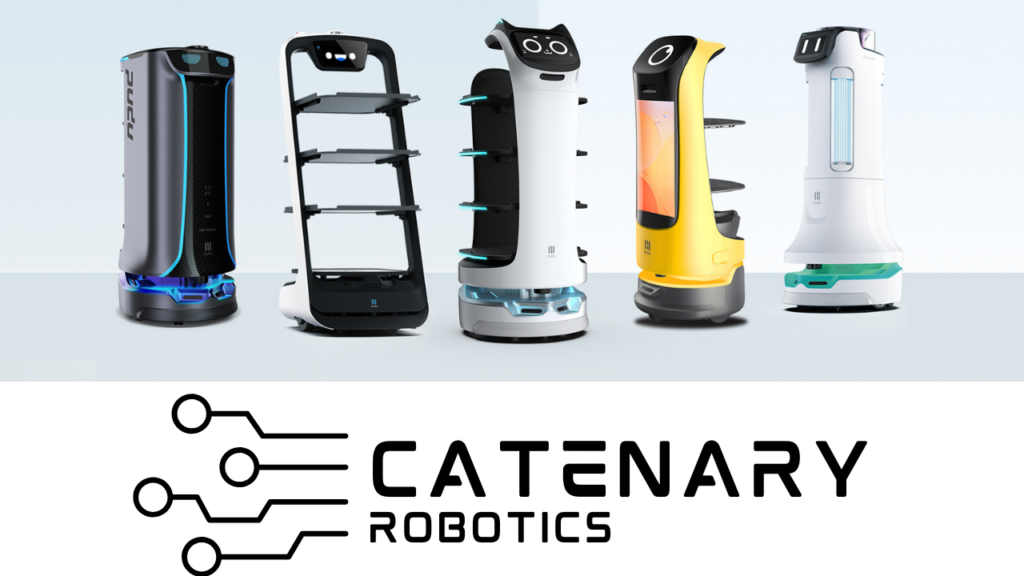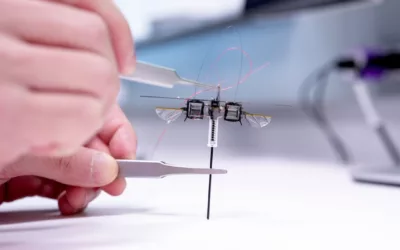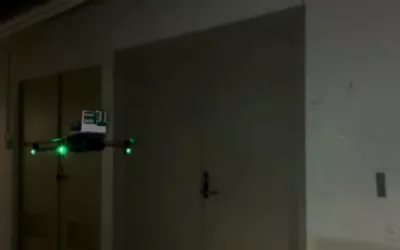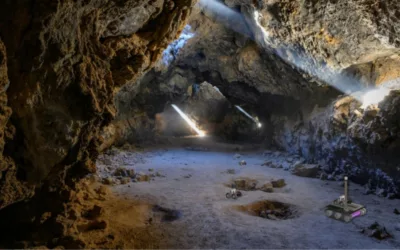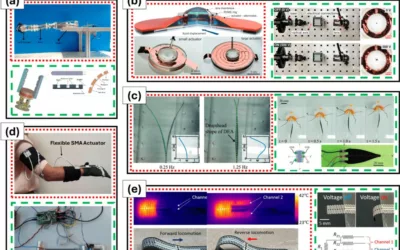NASA’s Jet Propulsion Laboratory is testing a versatile robot that can autonomously explore previously inaccessible destinations, mapping and traversing them on its own. The team behind the creation of this snake-like robot, named EELS (short for Exobiology Extant Life Surveyor), is adopting a startup mentality of building quickly, testing often, and making adjustments based on learning. The robot’s primary objective is to search for signs of life in the ocean beneath the icy crust of Saturn’s moon, Enceladus. However, its design has made it adaptable to traverse various terrains on Earth, the Moon, and beyond, including undulating sand and ice, cliff walls, craters too steep for rovers, underground lava tubes, and labyrinthine spaces within glaciers. The goal of EELS is to send a versatile, risk-aware robot that can make decisions on its own in uncertain and challenging environments.
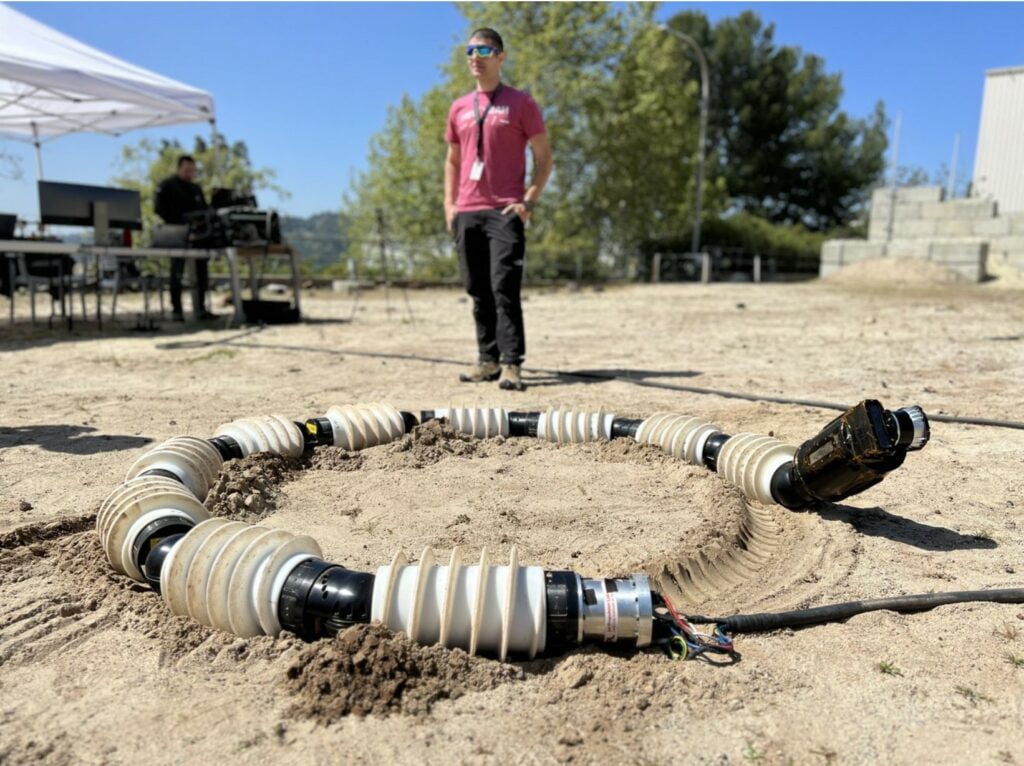
The development of EELS has been supported by the Office of Technology Infusion and Strategy at NASA’s Jet Propulsion Laboratory in Southern California, through the JPL Next technology accelerator program. JPL, which is managed by Caltech in Pasadena, California, has collaborated with various university partners, including Arizona State University, Carnegie Mellon University, and University of California, San Diego, to create this robot. However, at present, EELS is not part of any NASA mission.
For more information please visit the JPL website:
JPL’s Snake-Like EELS Slithers Into New Robotics Terrain (nasa.gov)


